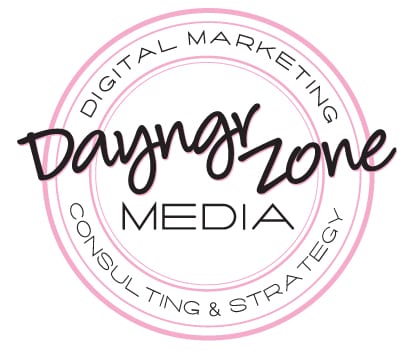Would you like to add another stream of income? Affiliate marketing is an effective way to earn income through the content you’re creating. Learn helpful tips to master the art of affiliate marketing.
Blogging Tips
7 Mistakes People Make When Starting A Blog
Many first-time bloggers miss out on key ingredients when starting a blog. This article shares 7 of the biggest blogging mistakes to avoid.
Social Isn’t Limited to Social Media — Take it Offline
Being social isn’t limited to social media, so take it offline, too. Creating offline interactions can breathe new life into your social endeavors, offering unique opportunities for growth, community building, and authentic relationships.
4 Helpful Tips for Bringing Out Your Inner Creative
If you’ve been hitting a brick wall with your creativity, then you’re probably looking for some guidance on how to bring out your inner creative.
2 Minute Tip: Using CoSchedule
I’m sharing how to start using CoSchedule and why I highly recommend it for small business owners and bloggers.
Better Ways to Use Your Bio
Do you know the best way to use your social media profile or bio to create a community of engaged followers? We’re sharing a few tips to do just that.
2 Minute Tip for Bloggers: Using Automation
If you’re looking for the best way to use automation and automated services to help save time, you’ll appreciate this 2-minute tip.
The Best Blogging Tips and Advice from Bloggers
Get the best blogging tips and advice on blogging from experienced bloggers of varying backgrounds and topics.
What I Learned My First 5 Months Fashion Blogging
Alisha Nicole shares her top tips for fashion bloggers and what she has learned in her first 5 months of fashion blogging.
Lessons I’ve Learned About Blogging
It was on the heels of whim: one day after studying about blogging for the OMCP certification, I decided to…
Read More
Blogging Tip – Let’s Talk Blog Branding
Today, we’re talking blog branding with Katie of Twin Stripe. Twin Stripe has seen a few different branding iterations since…
Read More










